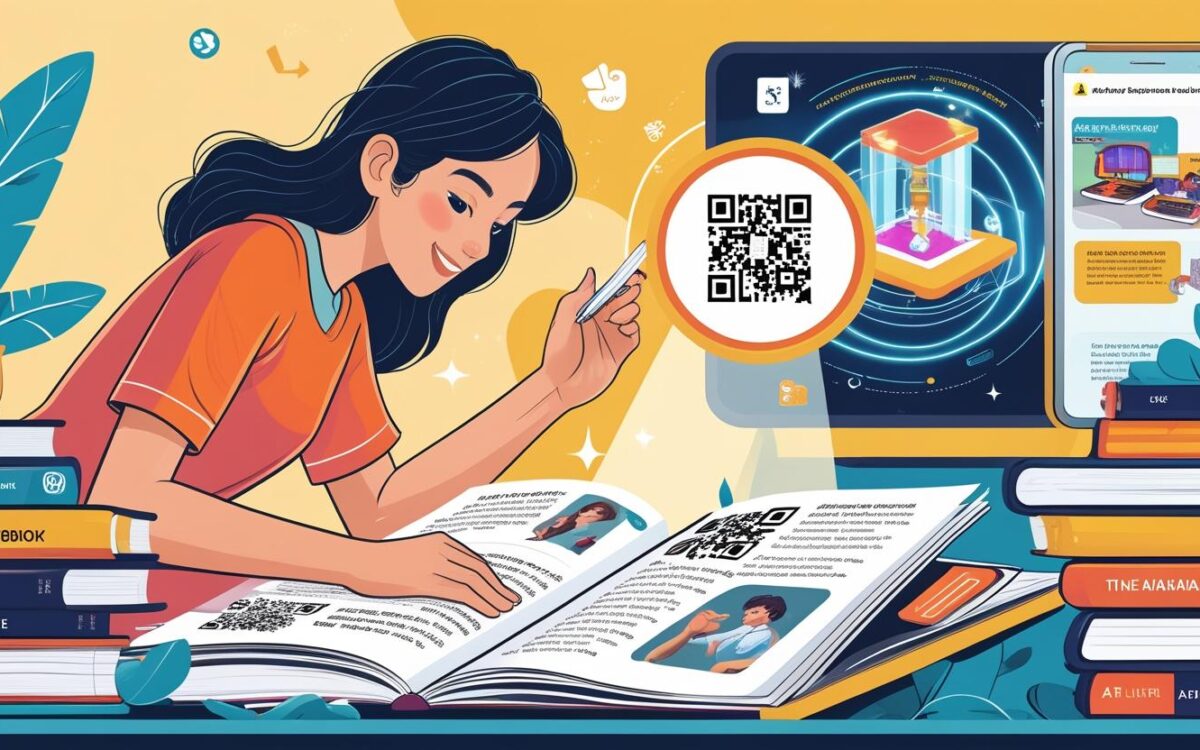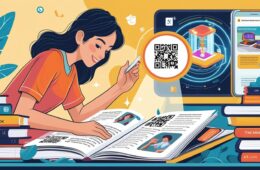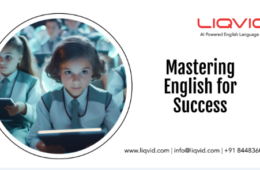
The ‘Connected’ Textbook
How to Connect the Print and Digital Using QR Codes and AR-lite Experiential Learning
The printed textbook is the mainstay of education and a familiar, printed representation of knowledge, that many of us are accustomed to. It is one thing to change with the times in a hyper-digital world, but the need today is more than ever for adapting the progressive engaging and interactive front. One of the most important questions that publishers must answer in the present moment is how to innovate and still satisfy the digital-native learner, without giving up on print value or infrastructure?
It is not a battle between print and digital. It is a graceful collaboration. The answer lies in the ‘Connected Textbook’, a blending of the physical page with the riches of the digital world, through a launch point to the digital playground.
The Publisher Dilemma: Static pages to Provocative journeys
It is out of the question to merely put a book in PDF format. Learners require interactivity, short response time, and multimedia content. But a full transition to purely digital-based platforms may be a scary and costly endeavour, which necessitates new workflows and a change of business models. That is where narrowing the divide is the strongest course of action. When you enrich your print books with digital links you are producing an elite product that gives the best the two words have to offer.
Your Bridge Building Toolkit: Connecting with the Others: It Takes Two to Tango
The tool to bridge the gap between your print and digital is available and most efficient. These are the two major tools:
1. QR Codes: The Immediate Access to Digital Information
The simplest of tools, the humble QR is the most potent one in your arsenal. It does not need any special app, as it is familiar to everyone; all that one needs is a smartphone camera. Consider a student reading a chapter in the solar system. In one scan, you give them access to a universe of content that you provide.
Imagine that your textbook has a QR code:
- Video Explainers & Animations: Short clear videos of explaining a complicated phenomenon or depicting a scientific process in action.
- Interactive Assessments & Quizzes: There will be contextual quizzes to interactively test students on their understanding, projecting learning in real time.
- AI-Powered Practice: Link to the AI tools that provide students with individual practice, e.g., AI-driven pronunciation correction in a new language or intelligent comments to an open-ended written answer.
- Simulations & Gamified Learning: interactive role-play simulations or gamified exercises making learning fun and memorable.
2. AR-lite Experiences; The ‘Wow’ factor
AR may sound complicated, but “AR-lite” is just a simple and effective introduction of pages in the world. It means opening a page on a smartphone and having an augmented reality work on it, such as a 3D model of a human heart, the text referring to a diagram of a plant, or a clip of a historical process appearing over an image.
This does not entail developing a fancy stand alone application. These experiences can be improved with web-based solutions and even activated through a QR code, and that makes them very accessible to your textbook and, yet, bring great added value and wow experience.
The Benefits: The Advantage of a Connected Textbook
There are obvious benefits of adopting this hybrid model to everyone:
- Learners: Greater participation, improved recall and addressing the various learning modalities (visual, auditory, kinesthetic).
- For Publishers:
- Increased Product Value: Gives a reason why this product should be priced higher than the set price by the immovable competitors.
- Extended Content Lifecycle: Update digital content to which the book is linked easily without the need of a new print run.
- New Data Insights: the QR code creates digestible data that analyzes QR code scans to guide comprehension of content that is most appealing to viewers.
- Powerful Competitive Advantage: Makes your brand out to be innovative and farsighted.
Making the Connection a Reality
The vision of a Connected Textbook is powerful, but execution is key. Success requires a partner with deep expertise in both pedagogy and technology—one that can help you strategize, digitize existing content, develop custom interactive modules, and integrate AI-powered tools seamlessly.
At Liqvid, this is precisely where we specialize. We partner with publishers to transform their print catalogs into dynamic, interactive learning experiences. Leveraging our suite of AI-driven tools, ready-to-deploy platforms, and over two decades of experience, we help make the Connected Textbook a reality.
The future of educational publishing isn’t about choosing between print and digital. It’s about creating a single, unified learning ecosystem. Let’s build that future together.



